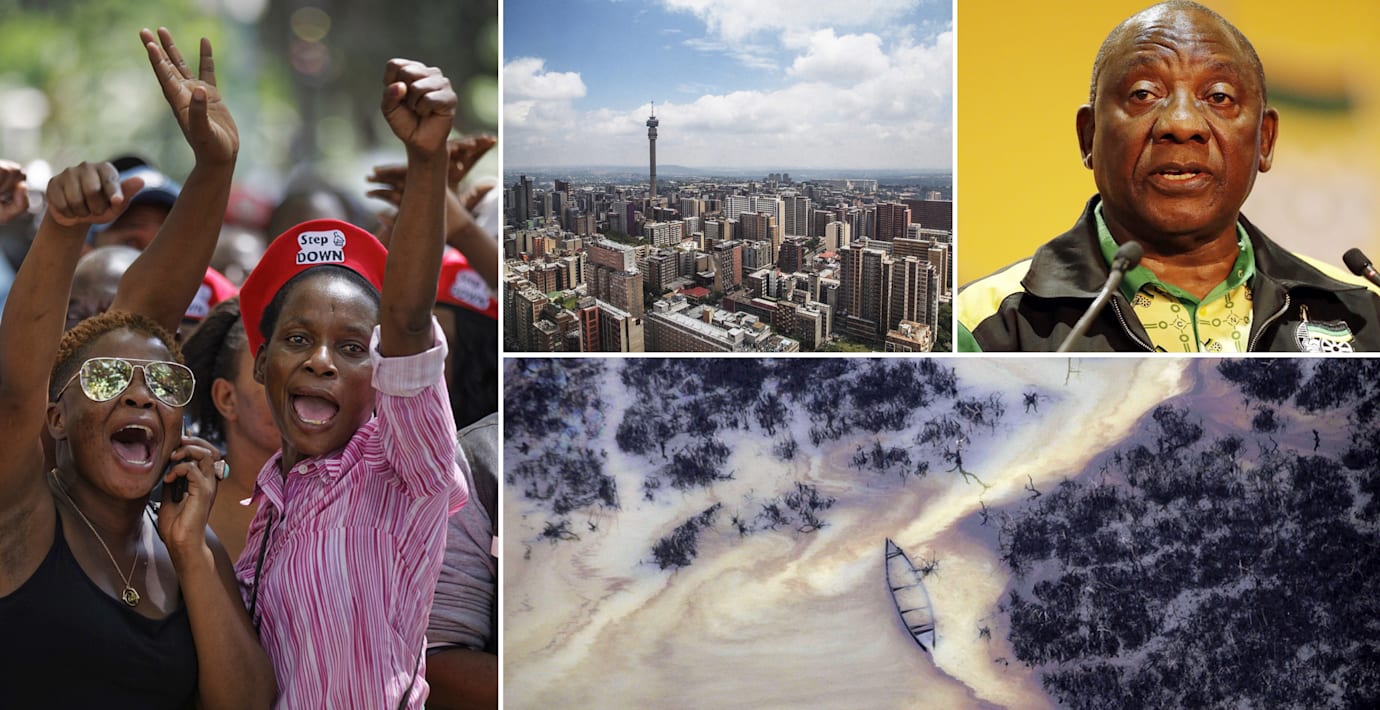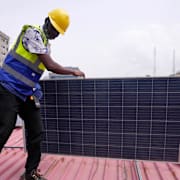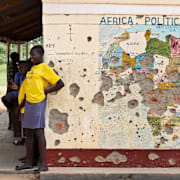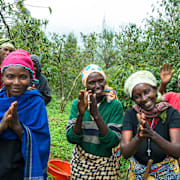
Analytiker: Utmaningarna för Afrika under 2018
Flera afrikanska länder har genomgått stora förändringar under 2017 och nya utmaningar väntar runt hörnet, säger flera experter till CNBC.
I Sydafrika valdes affärsmannen Cyril Ramaphosa till ny ledare för regeringspartiet ANC. Han anses vara vänligt sinnad till investeringar och reformer, vilket kan ge ett inflöde av pengar till landet som räknar med en BNP-tillväxt på blott 0,7 procent i år. Samtidigt finns risken att korruptionen ökar då många vill passa på att sko sig innan Ramaphosa väntas ta makten i presidentvalet 2019.
För oljenationen Nigeria väntar en utdragen presidentvalskampanj inför valet 2019. Även om tillväxten väntas landa på blygsamma 0,9 procent i år, spår analytiker att den kan växa till 4,3 procent 2020. Nigeria behöver dock diversifiera ekonomin och bli mindre oljeberoende, menar analytiker.
Efter statskuppen som tvingade bort president Robert Mugabe är osäkerheten i Zimbabwe stor och 2018 kan innebära fler förändringar, skriver CNBC.
Även klimatförändringarna är en utmaning för kontinenten, då torka kan leda till matbrist och vikande turism, enligt analytiker.



